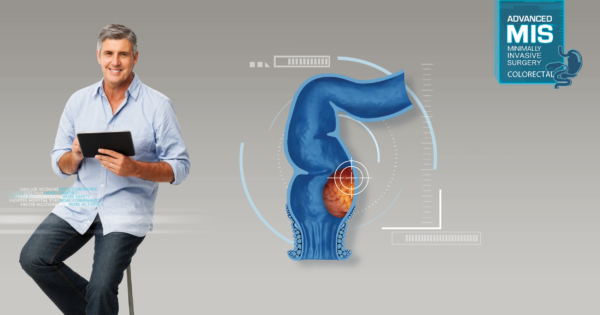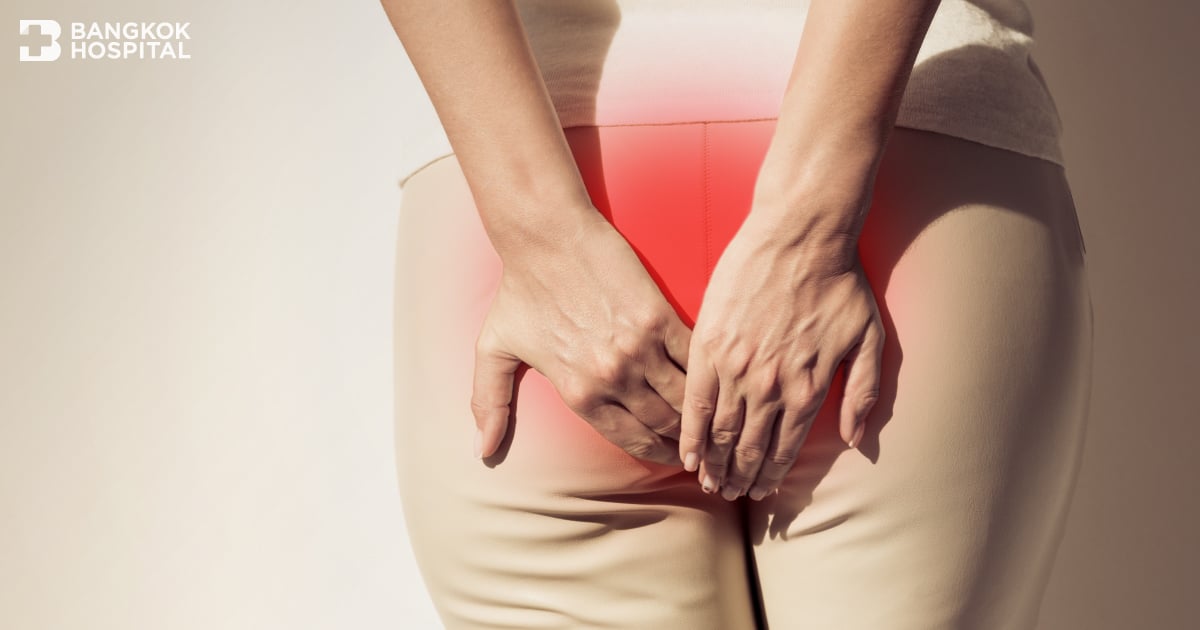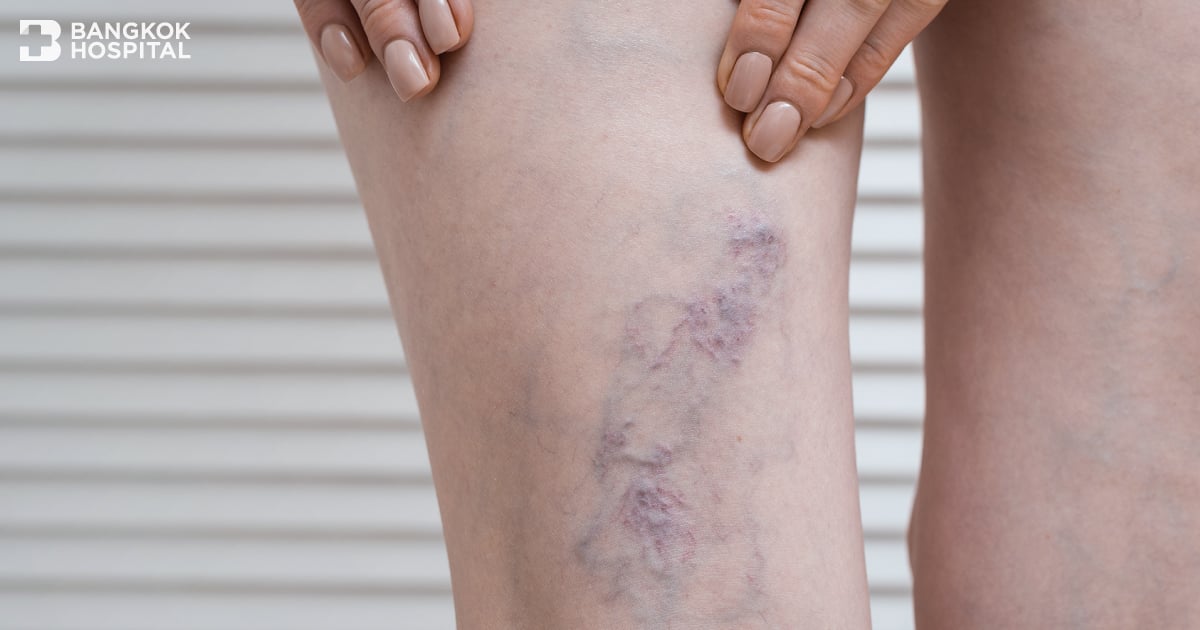One of the most common symptoms of abdominal diseases is abdominal pain which might be overlooked. Delayed diagnosis leads to greater chances to develop serious complications. If abdominal pain persists or progresses, surgery is considered an effective treatment option.
Due to the advancements in surgical technology and instrument, minimally invasive abdominal surgery with laparoscopic technique helps enhancing surgical accuracy and maximizing the degree of safety. Compared with conventional open surgery with larger incisions, superior advantages of laparoscopic surgery include smaller incision, less pain, fewer post-operative complications as well as a faster recovery time which allows patients to have a quick return to their daily life and activities. To achieve the best possible treatment outcomes derived from laparoscopic procedures, crucial elements are:
- Advanced 3D laparoscopic surgery allows surgeons to perform procedures with greater speed and more accuracy as well as the improvement of surgical outcomes. The laparoscopic camera is attached with 2 high definition lens. With the use of the latest 3D laparoscopic surgical system, surgeons wearing 3D glasses can view the procedure on a high resolution video monitor with full HD, natural 3D vision and depth perception. Operation can be precisely performed, especially in the complex areas such as abdominal cavity.
- Laparoscopic instrument with 4K Ultra High Definition enables surgeons to clearly visualize the surgical field in the abdominal cavity including internal organs, blood vessels and nerves which is displayed on 55-inch surgical monitor screen. In comparison with previous Full HD version, greater resolution and definition helps enhancing surgical accuracy and promoting more safety to surrounding areas.
Multidisciplinary team to provide a comprehensive surgical care
- Before and during surgery: Before surgery, patients will be diagnosed and fully assessed both physically and mentally. Medication history will be thoroughly reviewed as well as the nutritional advices. Prior to and during surgery, laparoscopic surgeons collectively plan customized treatments for individual patients with multidisciplinary team to ensure that a holistic care will be always provided to the patients. Multidisciplinary team consists of laparoscopic surgeons, pain management specialists, anesthesiologists, diagnostic radiologists, nurses specialized in surgery, rehabilitation physicians, physiotherapists, dieticians, nutritionists and pharmacists. Our surgery service is around-the-clock promptness. Patients can rest assured that they always receive timely and effective treatments with the best possible outcomes.
- After surgery: To ensure that patients can quickly and safely resume to their daily life after surgery, full recovery programs will be applied by rehabilitation physicians and special nurses. In addition, medical advices of medicines and nutrition will be given by pharmacists and nutritionists. Post-operative follow-ups are required as scheduled. More importantly, medical recommendations and lifestyle changes should be strictly followed in order to reduce chances of recurrence.
Our Standard of Laparoscopic Abdominal Surgery
- 60 Minutes: Promptness for emergency operations within 60 minutes after diagnosis is made.
- Post-Surgery Care: A holistic care for full recovery will be provided.
- 24 Hours: Patients will be monitored under close supervision of multidisciplinary team.
- Less Pain: Smaller incisions which blend in with the surrounding skin tone and texture leads to less damages to surrounding nerves and peritoneal tissue.
- Faster Recovery Time: Smaller incisions result in a faster recovery time with an ability to walk after surgery.
- Fewer Complications: More accuracy leads to fewer complications such as lowered rates of infection, less blood loss and less damages to nearby areas.














